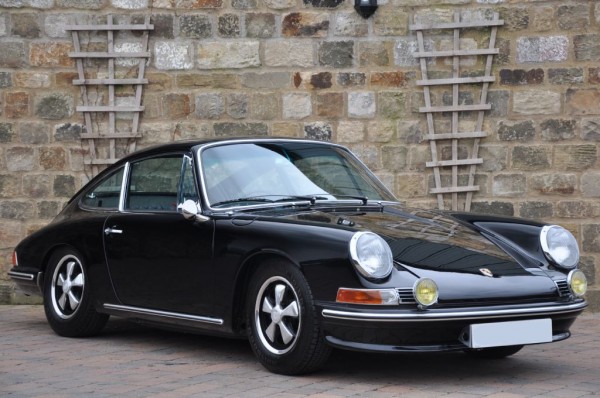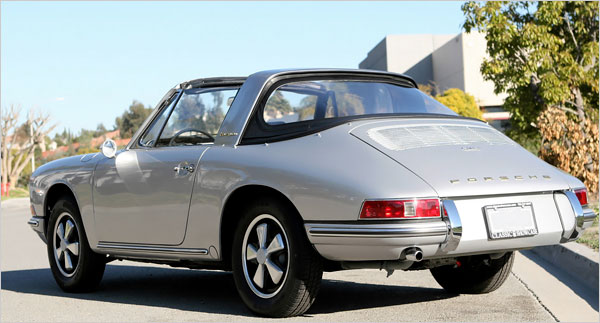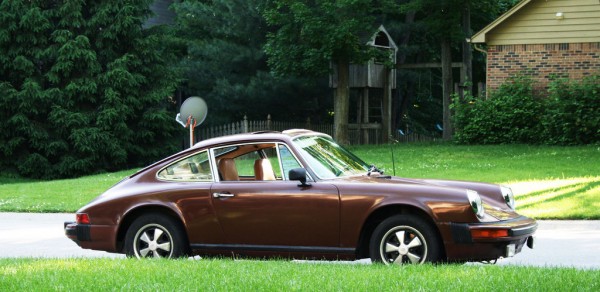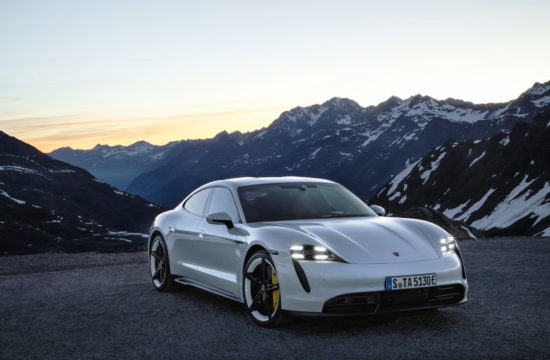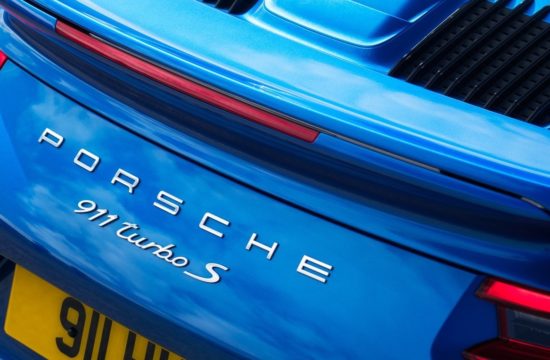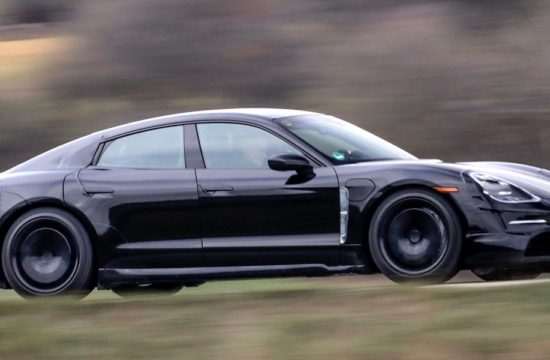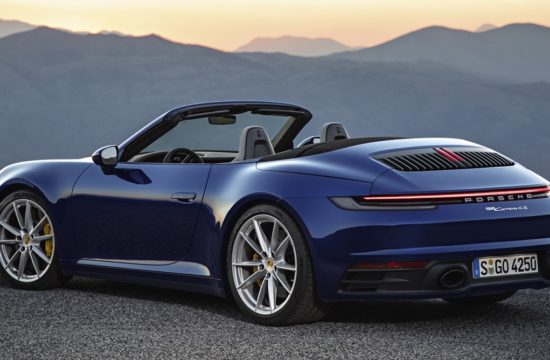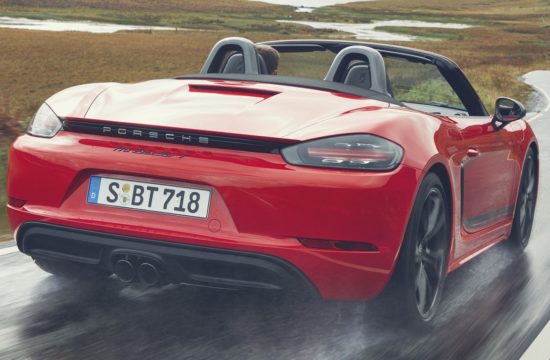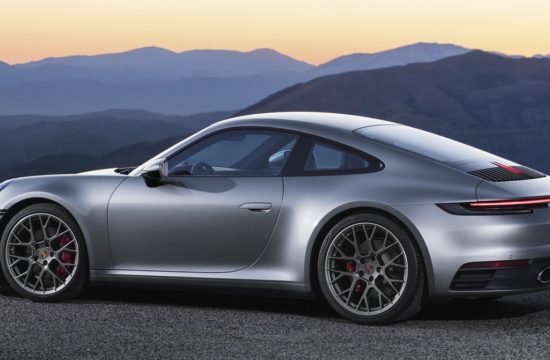There’s probably no car enthusiast out there who has never dreamt of owning, or at least driving, a Porsche. Even though we’re talking about new cars or a 20-year old one, there’s something really special about Porsches that basically makes them immortal. Usually the biggest obstacle people face when wanting a Porsche is the price tag, because performance doesn’t come cheap.
However, younger drivers don’t know that there was a time when things were a little different. A time when Porsche was thinking about its “not-so-wealthy” customers too. And doing so proved to be a very inspired decision.
Porsche’s marketing department thought it might be a good idea to take the body from the already famous 911 and place it on a less powerful powertrain. And since the company already had the four-cylinder engine that was powering the legendary Porsche 356, all they had to do was adjust it to fit the 911 body. And this is how the Porsche 912 was born, the most affordable Porsche ever built. The car was launched in 1965 and, in the United States, the price tag for a 1966 Porsche 912 was around $4,700.
This is the short version of Porsche 912’s history, a car that was produced between 1965 and 1969. In the beginning, the German carmaker wanted to name the car Porsche 902, but just like the 901, they couldn’t use this name that had been already registered by Peugeot.
The Porsche 912 production started in 1964, with a few testing units. Like we said, it was built using a 911 chassis and the engine from the 356, a model whose production stopped once the 911’s little brother came out. To further reduce the 912’s price, Porsche also decided to drop some features that were available on the 911.
The car was an instant success, especially on the North American market. The low price, high quality and reliability drew a lot of customers, many buying a Porsche for the first time. During its first production years, 912 sales were constantly better than 911’s, final sales numbers being amazing: the Germans sold more than 30,000 coupes and around 2,500 Targas.
In 1969 the 912 production came to end, with the model being replaced by the new 914, developed by Porsche in cooperation with Volkswagen. Even though it was a little controversial, the decision to stop the 912 production was made based on several important reasons: production resources were allocated to the Porsche 914-6 (the six-cylinder version of the new model) and, perhaps most important, pollution standards became more severe, especially on the North American market. At that time, Ferry Porsche said: “It would have taken some trouble to prepare the 912 for the new exhaust rules, and with the arrival of the 914 we would have had three different engines to keep current. That was too many.”
But that was not the end for the 912, because in 1976 the German carmaker would bring it back, but only for the North American market. The new model was called the Porsche 912E, was using the 911 chassis and was powered by a 2.0-liter four-cylinder engine that was producing 86 hp. But the 912E production didn’t last too long (May 1975 – July 1976), with just 2,100 being built, and it was soon replaced by the Porsche 924.
The original 912 was produced in several versions and the best known are:
Porsche 912 Targa
The convertible 912 featured a removable roof and rear windows made of enforced plastic, which could be removed by using a special zipper. This was called “Soft-window Targa” be Porsche fans, because Porsche also launched the “Hard Window Targa” in 1968, a convertible model with a fixed rear window made of glass (it was more like a coupe with a removable roof than a convertible).
912 Police Car
Might come as a little surprise, but the Porsche 912 was also used as a police car, the German carmaker actively promoting this model to local authorities across Europe. Besides some areas of Germany, the Dutch highway police was also has always used several cars supplied by Porsche. And the 912 couldn’t have been an exception. Actually, the 100,000th car to be produced at the Porsche factory in Zuffenhausen, Germany was a police outfitted unit that went to the local Baden-Wurttermerg police.
Technical Specs
1965 Porsche 912
The original 1965 912 was powered by a four-cylinder engine that delivered 90 hp at 5,800 rpm. The engine’s displacement was 1.6 liters and it was the last Porsche to be powered by an air-cooled four cylinder engine. With a total weight below 1 ton, the car was able to go as fast as 115 mph, achieving an impressive fuel economy for that time, almost 30 mpg on the highway.
The 1965 came with a four speed manual transmission and the optional features list included fog lights, sunroof, Blaupunkt radio, leather upholstery and Fuchs forged alloy wheels.
1976 Porsche 912E
The original 912’s success in the United States made Porsche create this new model, which was available exclusively to the North American market. The “American” 912 was powered by a four cylinder engine, but for the new one Porsche decided to go with a 2.0 liter unit. And that’s not the only difference compared to the original model, because the 912E’s engine was using a brand new Bosch direct injection system (the 1965 model was using two carburretors). The engine was supplied by Volkswagen and produced 86 hp at 4,900 rpm.
And this is the history of the Porsche 912, one of the most popular and appreciated models ever built by the Stuttgart based carmaker. And even now, almost half a decade after its launch, the model still has a lot of fans and people looking to buy one. And if in 1966 a new one had a starting price tag of $4,700, a 912 in good shape now starts at 11,000 Euros and can go as high as 30,000 or even more (let alone the amount you’ll have to spend on auto parts). Needless to say they still are a lot more affordable than a classic 911.

